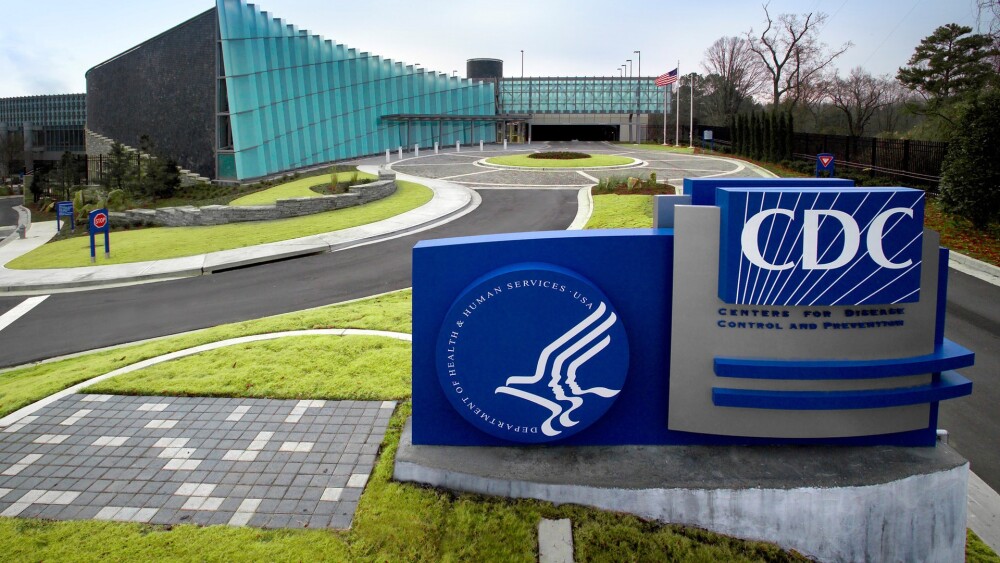The trial met its primary efficacy endpoint and all tested secondary endpoints.
Cambridge, Massachusetts-based Alnylam Pharmaceuticals announced positive results from its ILLUMINATE-A Phase III trial. The study was investigating lumasiran, an RNAi therapeutic that targets glycolate oxidase (GO) for the treatment of primary hyperoxaluria type 1 (PH1).
The trial met its primary efficacy endpoint and all tested secondary endpoints. The primary efficacy endpoint was percent change from baseline, compared to placebo, in 24-hour urinary oxalate excretion averaged across months three to six.
PH1 is an ultra-rare disease where excessive oxalate production causes calcium oxalate crystals to deposit in the kidneys and urinary tract. This can lead to painful and recurrent kidney stones and nephrocalcinosis.
Lumasiran is the company’s RNA interference (RNAi) therapeutic. RNAi is a natural cellular process that silences genes. They utilize small interfering RNA (siRNA). RNAi drugs leverage strands of genetic material that attach to genes and turn them off.
“We are very pleased to report positive topline Phase III results for lumasiran, our third wholly-owned investigational RNAi therapeutic,” said Akshay Vaishnaw, president of R&D at Alnylam. “Patients living with PH1 and their families are faced with the burden of recurrent and painful stone events and a progressive and unpredictable decline in kidney function that ultimately results in end-stage renal disease and the need for intensive dialysis as a bridge to dual liver/kidney transplantation.”
The trial enrolled about 30 patients with PH1 aged six and above at 16 study sites in eight countries. Patients were randomized 2:1 to receive lumasiran or placebo. Lumasiran was dosed at 3 mg/kg each month for three months followed by quarterly maintenance doses.
At six months, the lumasiran group met the primary endpoint as well as all six secondary endpoints, including the proportion of lumasiran patients that achieved near-normalization or normalization of urinary oxalate levels compared to placebo.
There were no serious or serious adverse events in the trial. The drug was generally well-tolerated with an overall profile consistent with what was seen in Phase I/II and in open-label extension studies of the drug.
The drug has been given Orphan Drug Designations and Breakthrough Therapy Designation from the FDA and a Priority Medicines (PRIME) designation from the European Medicines Agency (EMA).
“Lumasiran results in ILLUMINATE-A mark our third positive Phase III study readout in 2019, positioning Alnylam with the potential for four marketed products by the end of 2020, assuming positive regulatory reviews,” said John Maraganore, chief executive officer of Alnylam. “We believe this achievement also provides further support of our relatively high product development success rate linked to selection of genetically validated targets and a modular and reproducible platform. With these results in hand, we believe that we’re on track to exceed our Alnylam 2020 guidance, building — by the end of 2020 —a global, multi-product, commercial-stage company with a robust portfolio of clinical-stage programs for future growth and an organic product engine for sustainable innovation and patient impact.”
Dicerna is also developing a drug for PH1 dubbed DCR-PHXC, currently in a pivotal clinical trial. It is also an RNAi drug.
Maraganore told STAT, “Competition is always great to have. It’s great for patients, first and foremost. We do believe we’re anywhere from 9 to 12 months ahead of any competitor.”





